US President Donald Trump has signaled a possible shift in his administration’s hardline trade stance toward China, suggesting that tariffs currently imposed on Chinese goods may be significantly reduced.
Speaking at a White House news event on Tuesday, Trump stated that the current tariff rate—reported to be as high as 145%—would “come down substantially,” although he emphasized it “won’t be zero.”
The remarks represent a notable departure from the combative tone that has characterized US-China trade relations in recent months. The tariff increases have played a central role in escalating tensions between the two global economic powers, resulting in disrupted supply chains, market volatility, and concerns over global recession risks.
Trump’s comments were made in response to earlier statements by Treasury Secretary Scott Bessent, who told a private investment gathering that the high tariff levels have essentially led to an embargo on US-China trade. Bessent also indicated that the current situation is unsustainable and predicted a likely de-escalation in the near term.
Bessent’s outlook appeared to spark optimism in financial markets. Major US stock indexes reached their daily highs following his remarks, and Asian markets also reacted positively, with indices in Hong Kong, Japan, and South Korea posting notable gains.
China’s response to the shift in rhetoric was cautious but firm. The Foreign Ministry reiterated its stance that the United States should “stop its threats and coercion” and engage with China “on the basis of equality, mutual respect and reciprocity.” Ministry spokesperson Guo Jiakun added:
“We do not want to fight, but we are not afraid to fight… If it’s to talk, our door is wide open.”
On Chinese social media platform Weibo, Trump’s apparent softening of position drew widespread attention. The hashtag “Trump chickened out” became a trending topic, amassing over 150 million views.
While Trump stated he hopes to negotiate directly with Chinese President Xi Jinping, a source familiar with Beijing’s approach noted that the Chinese leadership prefers to engage with clearly designated counterparts, expressing uncertainty about whom to contact on the US side.
Despite tensions, Trump insisted that the two nations could still reach a mutually beneficial agreement.
“We’re going to be very nice, and they’re going to be very nice, and we’ll see what happens,” he said, expressing optimism about future collaboration.
However, analysts caution that the shift may be driven more by economic pressures than diplomatic intent. Alicia Garcia Herrero, chief Asia Pacific economist at Natixis, suggested that Trump’s softened tone may reflect growing concern over market instability and high Treasury yields.
“He needs a deal and quick. China does not need to offer anything big in such circumstances,” she said.
Beijing has outlined several preconditions for resuming negotiations, including the curbing of hostile rhetoric from US officials and a more unified American policy stance. It has also requested the appointment of a consistent point person for discussions who has Trump’s backing.
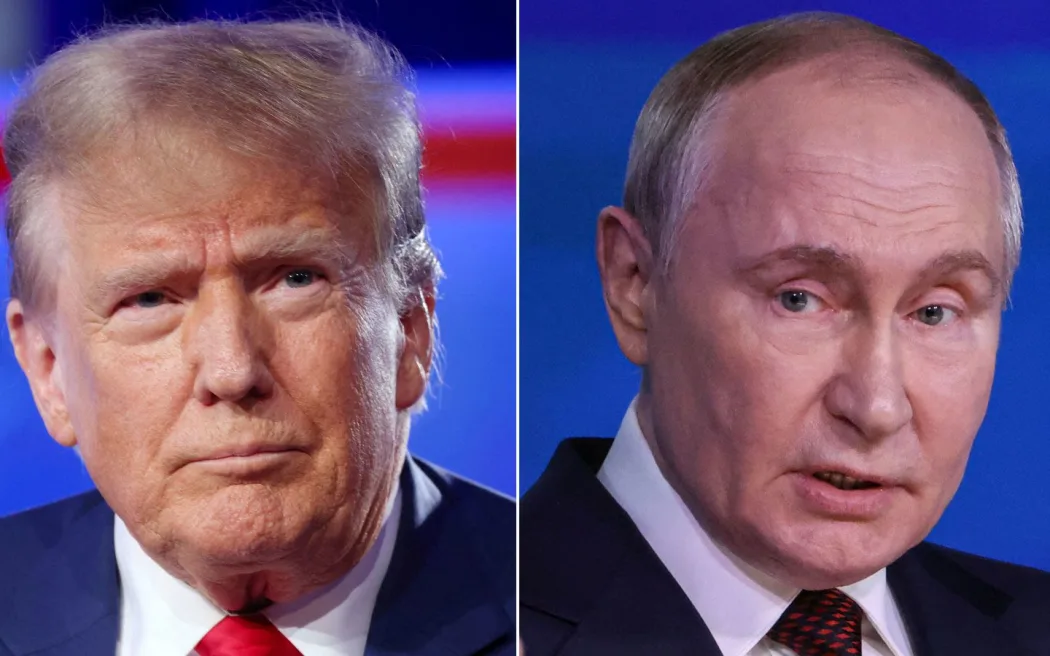

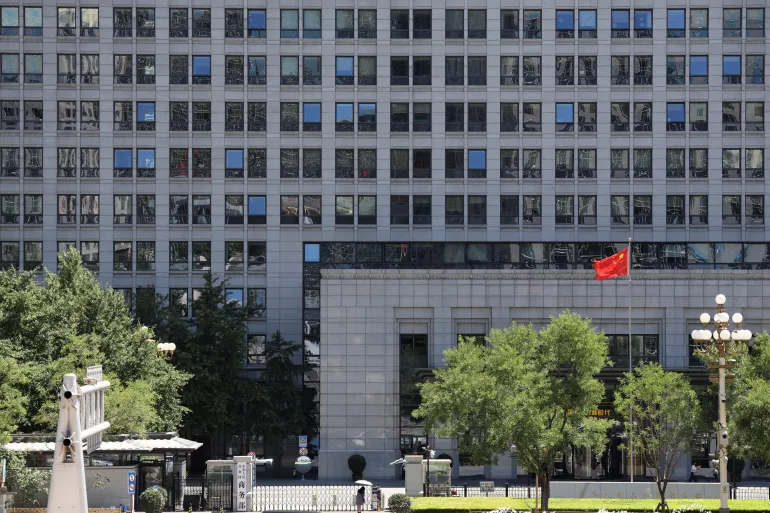
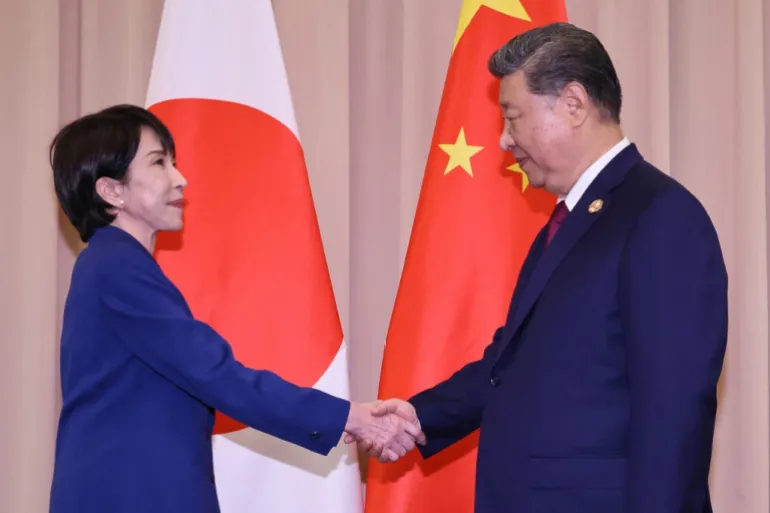
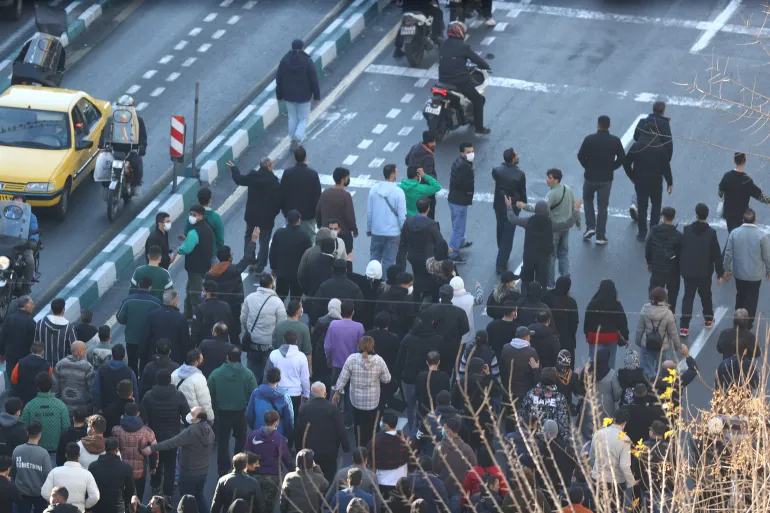
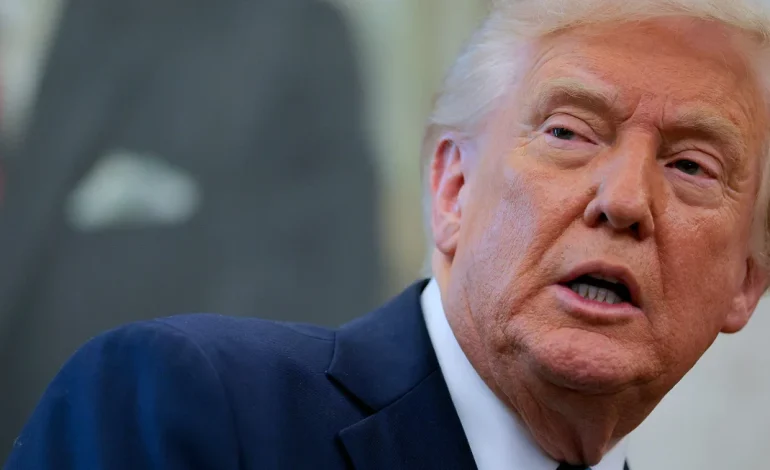




The latest news in your social feeds
Subscribe to our social media platforms to stay tuned